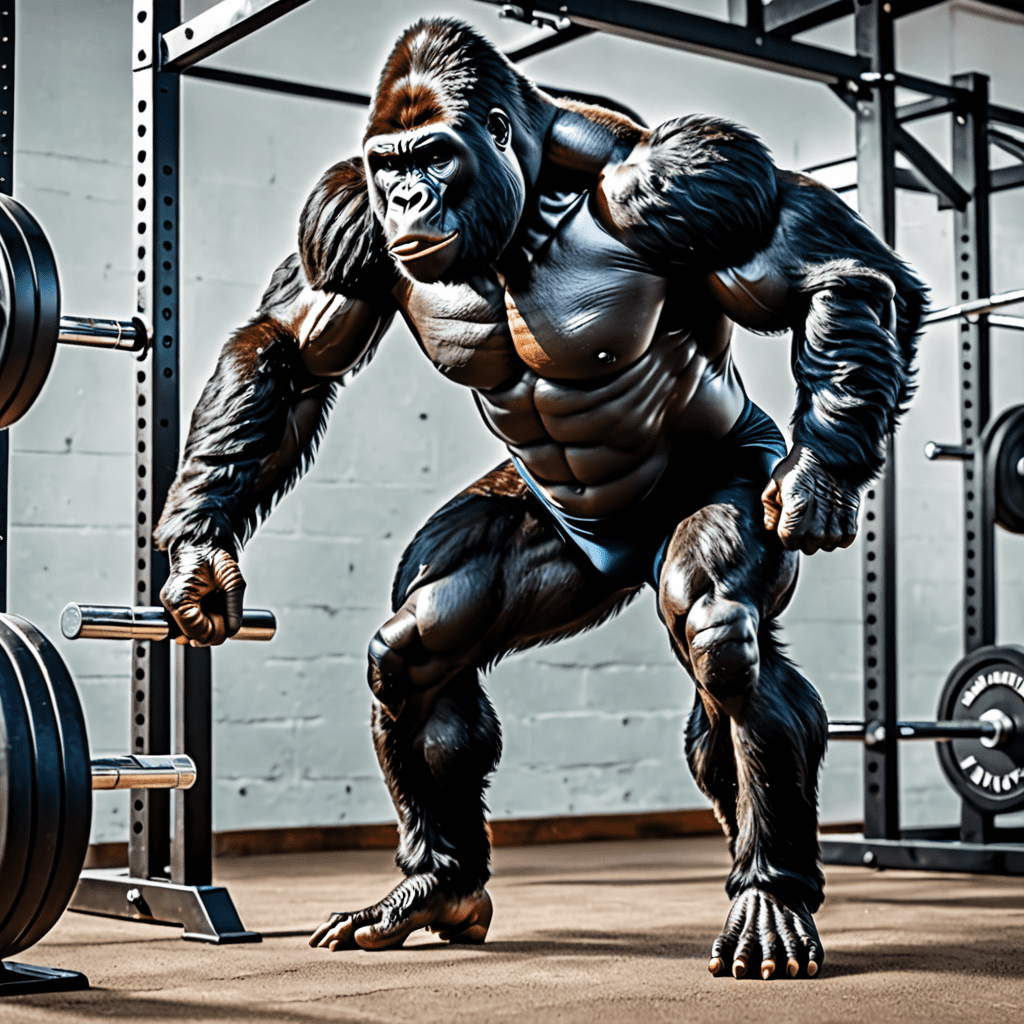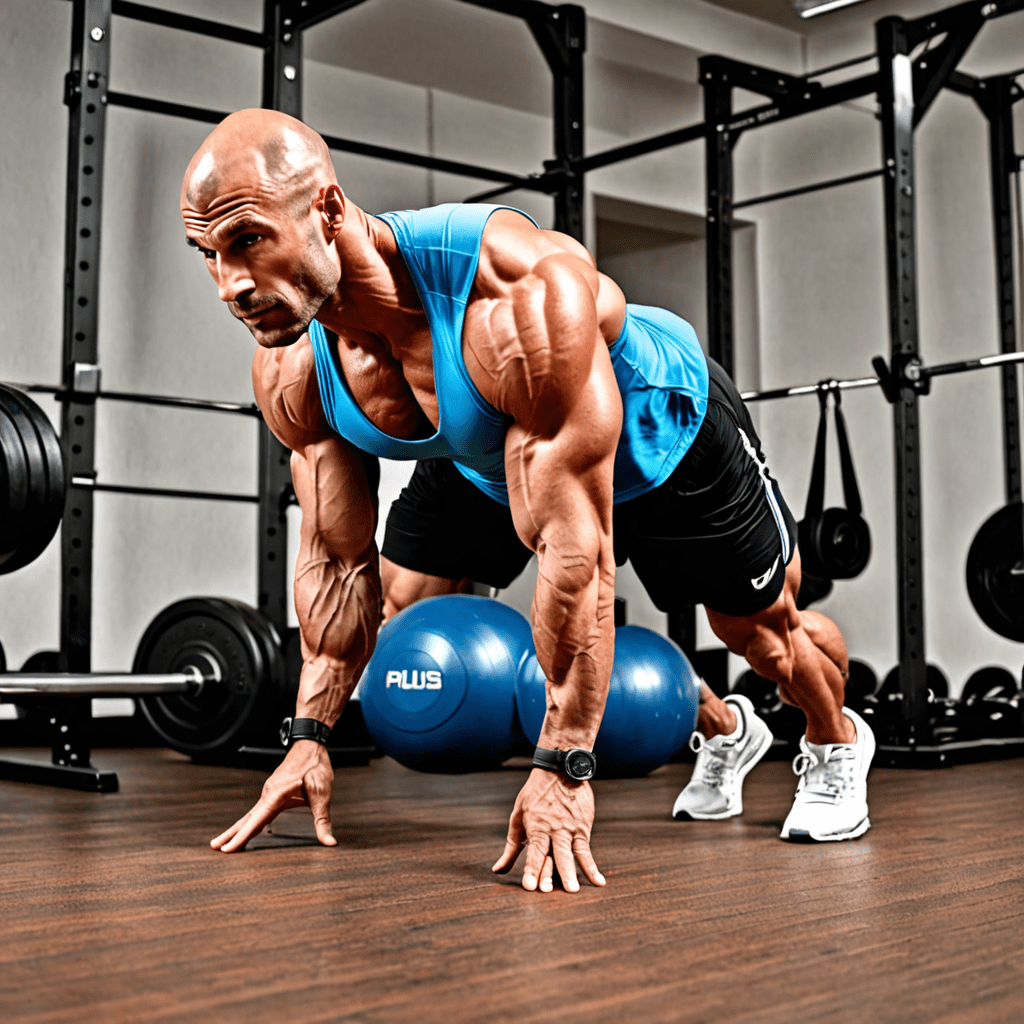
Unleash Your Strength: Essential Guide to Mastering the Squat
1. Why Squatting is Important
Squatting is a fundamental exercise that targets multiple muscle groups. It helps strengthen the lower body, including the quads, hamstrings, glutes, and calves. Squats also engage the core muscles, making it an effective full-body workout.
2. Proper Squatting Technique
Mastering proper squatting technique is crucial to avoid injury and maximize results. Start by standing with your feet shoulder-width apart, toes pointing slightly outward. Keep your back straight, chest lifted, and engage your core. Bend your knees and push your hips back as if sitting into a chair. Lower yourself until your thighs are parallel to the ground, then push through your heels to return to the starting position.
3. Setting Realistic Squatting Goals
Setting achievable goals is essential to measure progress and stay motivated when squatting. The weight you should be able to squat depends on various factors, including your fitness level, body weight, and training experience. It’s important to start with a manageable weight and gradually increase the load as you build strength and improve your form.
4. Assessing Your Squatting Performance
Regularly assessing your squatting performance can help identify areas where you can improve. Consider recording yourself from different angles to evaluate your form, depth, and stability. Additionally, working with a qualified fitness professional can provide valuable feedback and guidance to refine your technique.
5. Overcoming Common Squatting Challenges
Squatting can be challenging, especially when starting. Common obstacles include limited mobility, balance issues, and fear of injury. By addressing these challenges through targeted mobility exercises, balance training, and gradual progression, you can gradually overcome them and unlock your squatting potential.
6. Listening to Your Body and Avoiding Injury
Listening to your body is crucial when squatting to prevent injuries. Make sure to warm up adequately, practice proper form, and avoid pushing yourself too hard. If you experience pain or discomfort, it’s essential to consult a healthcare professional or a qualified fitness instructor to rule out any underlying issues and receive appropriate guidance.
7. Frequently Asked Questions (FAQ)
Q: How often should I squat?
A: The frequency of squatting depends on your fitness goals and overall training program. For most individuals, incorporating squats into their routine two to three times a week is sufficient for optimal results.
Q: How much weight should I start with when squatting?
A: It’s recommended to begin with a weight that challenges you, but still allows for proper form. Start with your body weight or a light load and gradually increase as you build strength and confidence.
Q: Are there any alternatives to traditional squats?
A: Yes, there are alternative squat variations that target similar muscle groups, such as goblet squats, split squats, and leg press exercises. Consulting a fitness professional can help you choose the right alternatives based on your individual needs and capabilities.
Q: Can squatting help with weight loss?
A: Squatting, along with a balanced diet and overall exercise routine, can contribute to weight loss by increasing muscle mass and boosting metabolism. However, it’s important to remember that weight loss is a result of creating a calorie deficit through a combination of healthy eating and regular physical activity.
Q: Is squatting suitable for people with knee issues?
A: Squatting can be safe and beneficial for individuals with knee issues when performed with proper form and under the guidance of a healthcare professional or qualified trainer. They can help modify the exercise and provide specific recommendations based on your condition.
Q: How long does it take to see results from squatting?
A: The time it takes to see results from squatting varies depending on individual factors such as consistency, effort, and overall fitness level. With regular practice and a well-rounded fitness routine, you may start to notice improvements in strength, muscle tone, and overall fitness within a few weeks to a couple of months.


